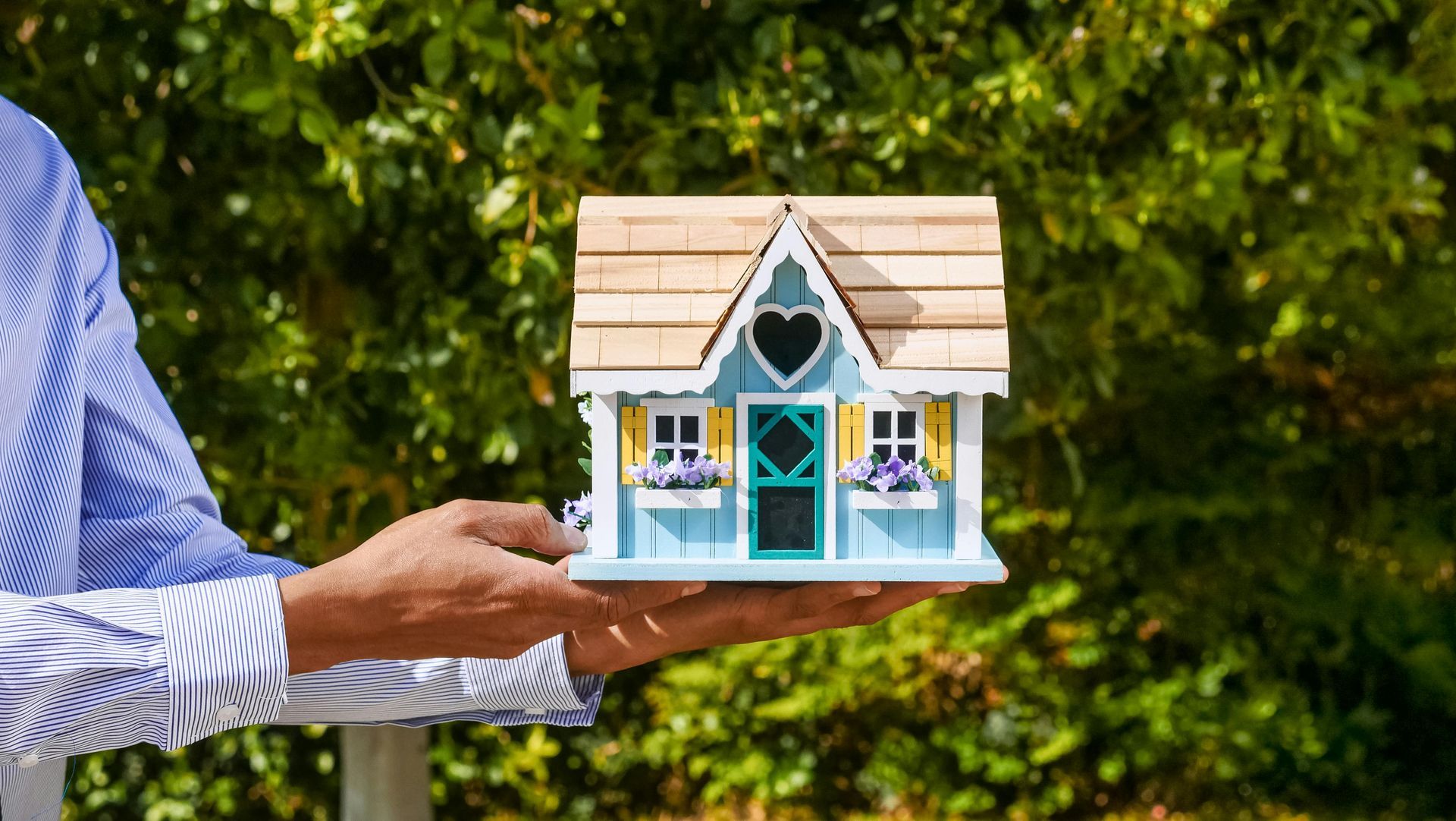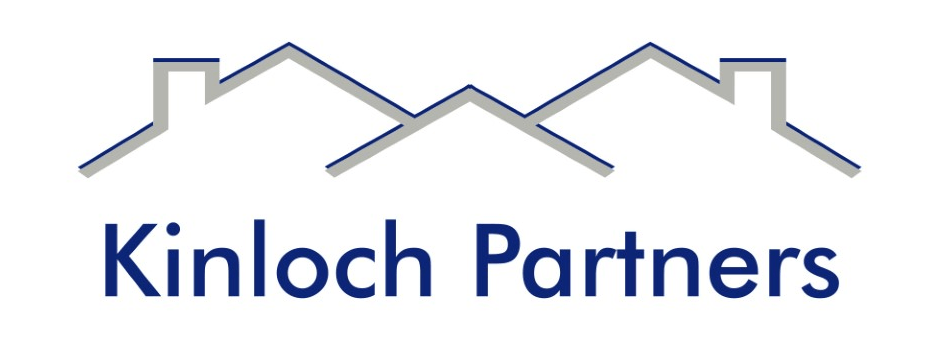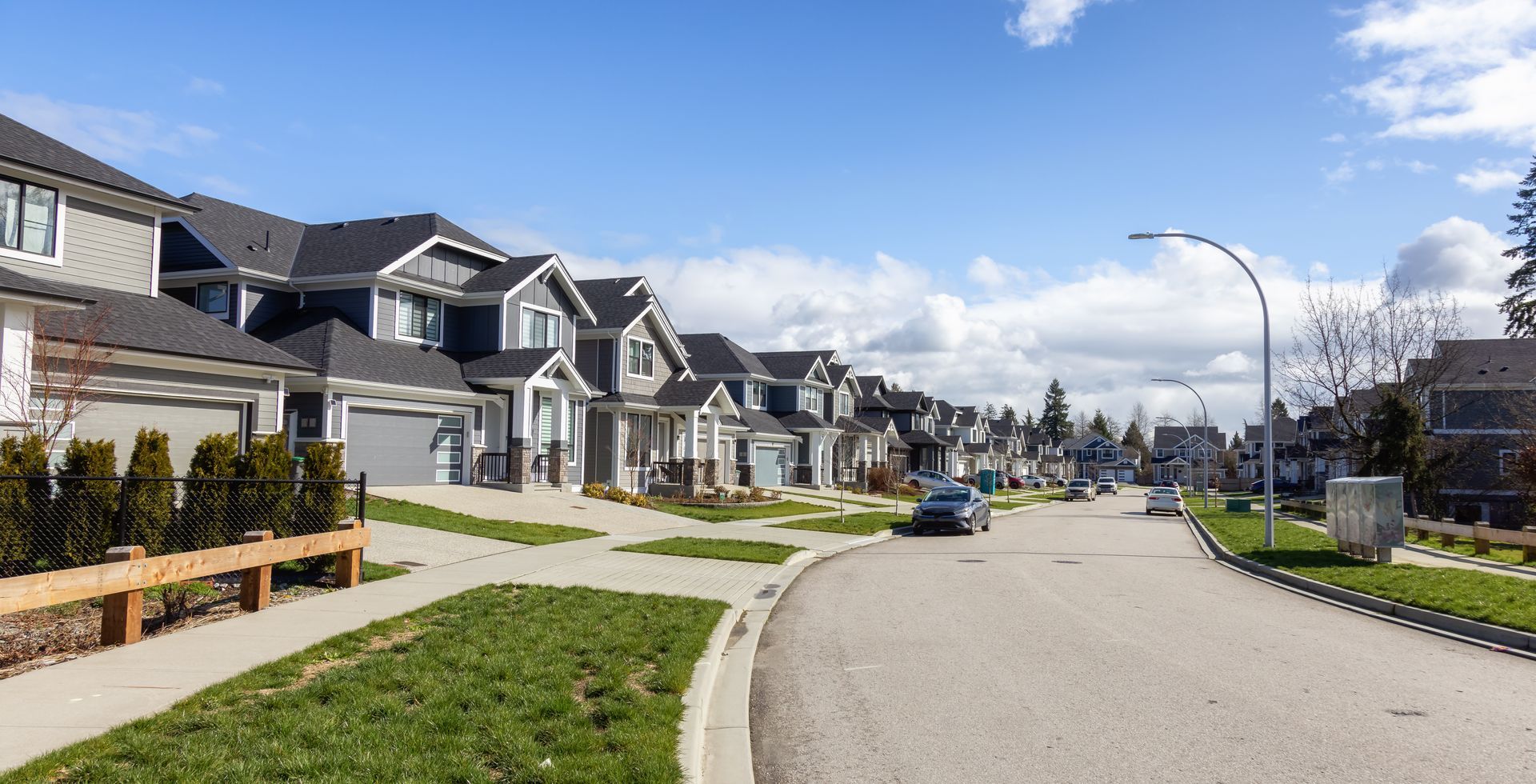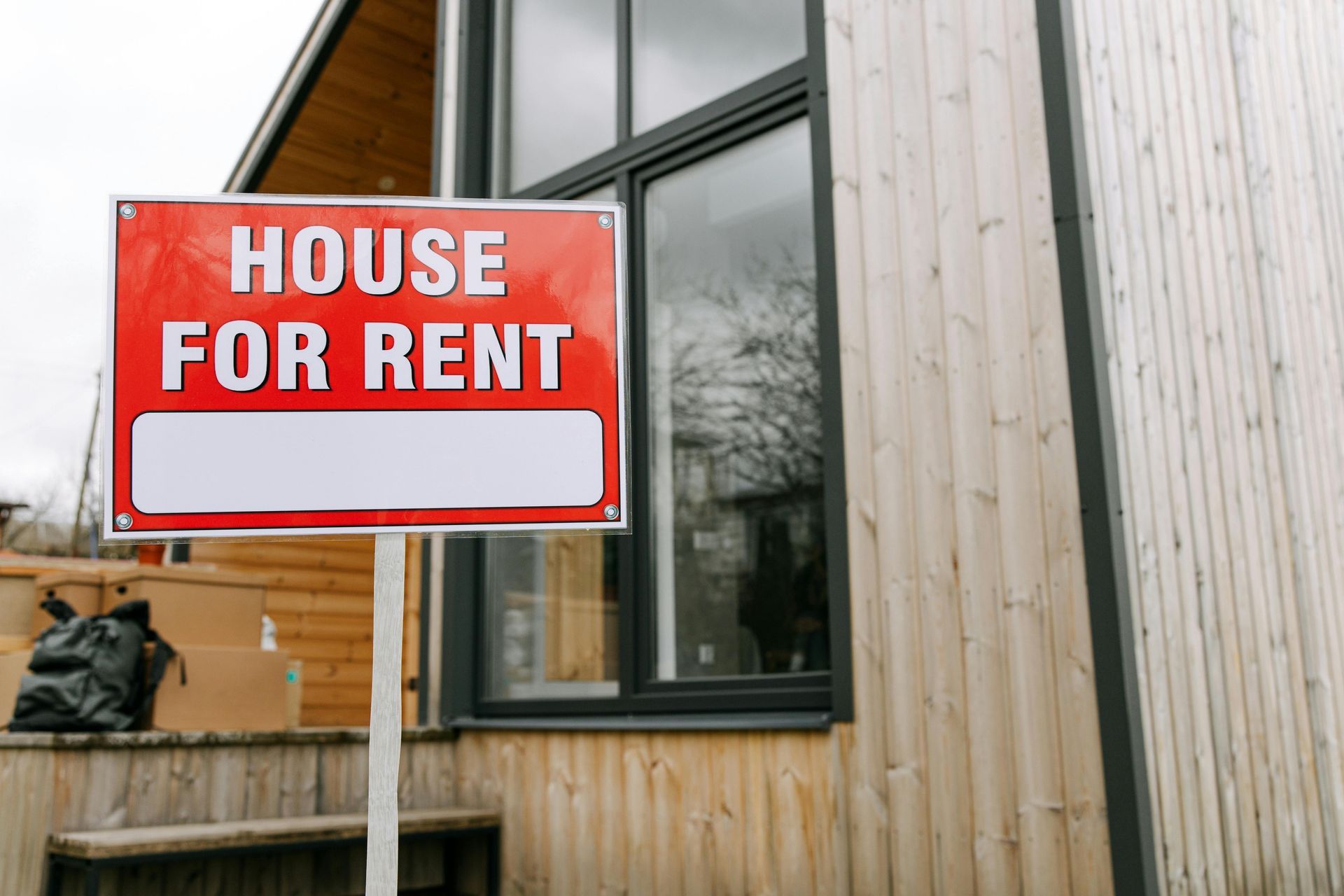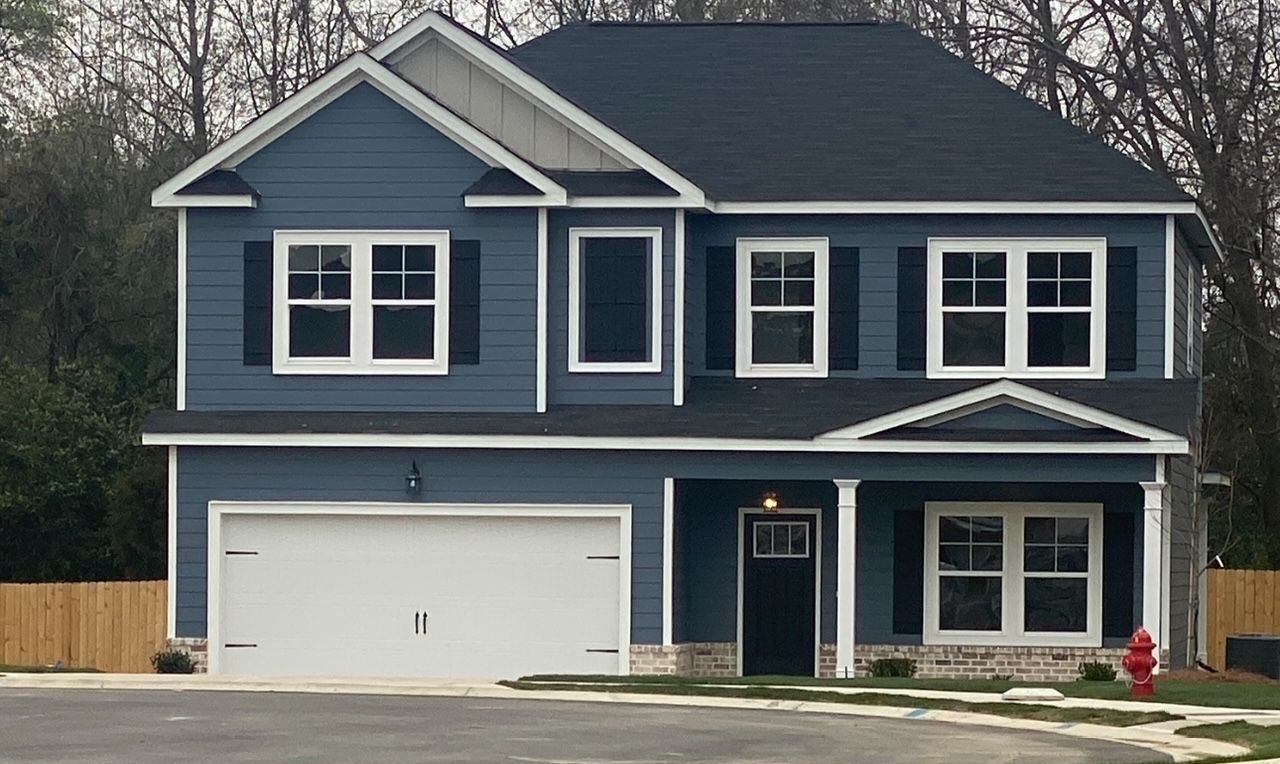The US is short on homes. Here’s how builders are still offering the American Dream
By Anna Bahney, CNN
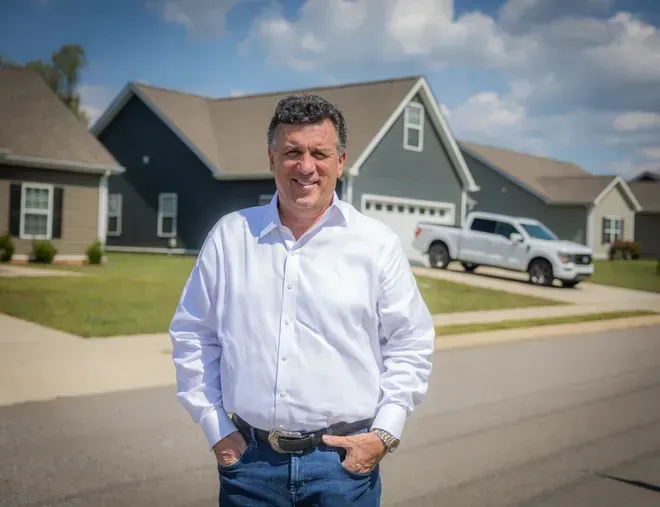
Washington, DC (CNN) — America is in the middle of a housing crisis. There are only 1.08 million existing homes on the market, and the affordability of a single-family home is at its lowest level in several decades. One bid to close the estimated 3.8 million unit deficit in housing is by building new, single-family homes — but some are not for sale, they’re for rent.
This relatively new and growing segment of the housing market is called “build for rent” or BFR (or “build to rent” or BTR). Often constructed in suburban areas with low crime and near good schools, BFR homes attract those who want the lifestyle of a house — but the affordability or convenience of renting.
With an average rent of a BFR home at $2,039 a month, BFR properties are located mainly in the Sun Belt, including Texas, California, Arizona, Florida, North Carolina and Georgia, according to data from the National Rental Home Council and Yardi Matrix.
“What is driving the growth of BFR is the affordability problem,” said David Howard, CEO of the National Rental Home Council, a nonprofit organization that advocates for the single-family rental home industry. “With interest rates at levels we haven’t seen in years, housing affordability continues to be a challenge for many families. People are waiting for interest rates to come down. There is an appeal and broad-based demand to live in a single-family home, even as a renter.”
While BFR may help boost the critically low supply of housing and cater to lifestyle trends, the roughly 131,000 BFR homes in the United States are a drop in the bucket of the supply shortage, and these rentals may not help the market where it is urgently needed — at the most affordable level — according to a recent report from the Urban Institute.
“What has happened is that a lot of folks are looking at newly built single-family rental homes in the same way as the starter home market,” said Howard. “Build for rent is providing an on-ramp to home ownership. They’ll stay there for two or three years, then purchase a home.”
What is BFR and who lives there?
Build for rent communities might have more in common with an apartment building than the typical single-family rental, said Ben Miller, CEO of Fundrise, which owns and operates 50 build for rent communities with 5,000 units and is in the process of building 6,000 more.
“When people think of build for rent, they think of a house,” Miller said. “But that house is in a community of 100 to 200 homes. You want it to be like a multifamily apartment building: People like having a fitness center, pool and amenities, but with space for their kids and pets.”
The single-family rental segment of the housing market is dominated by “mom-and-pop” investors, some of whom own as many as two dozen homes but more typically own just a few properties.
Over the past few years, however, large investment groups — like Home Partners of America or Invitation Homes — have got into buying up existing single-family homes to rent. This ramped up significantly during the pandemic as the value of real estate escalated.
Some communities became concerned about the increasing share of entry-level housing stock that was being taken out of the purchase market and turned into single family rentals, further limiting supply and running up prices.
Research from the Urban Institute shows that while the average single-family rental home was built in 1979 and is scattered throughout a community, BFR homes are newly built in a planned community of dozens of single-family rental homes that may look indistinguishable from a neighborhood of new construction homes for sale. Rather than being sold to homeowners, BFR properties are typically owned and operated by builders, institutional investors or partnerships of the two.
Miller said demand for BFR homes is strong and suit a modern way of living involving remote work, lifestyle moves and delayed homeownership.
One initial use case was seniors looking to downsize from a larger family home who wanted a house but not the maintenance headaches. But the communities have proved attractive to young families as well. A family may arrive in a new city as part of a corporate relocation but want to rent something comfortable while they figure out where they want to buy, said Miller. Or people may still be working to afford a down payment to own a home at a time in their lives where they have outgrown apartment living.
Plus, the incentives for home ownership have changed, said Miller. Not only does it cost a lot of money to buy and sell homes if you’re making several moves over the span of a few years, but following former President Donald Trump’s change to the tax laws, the amount of mortgage payments that could be deducted from income taxes was reduced to $10,000.
Still, homeownership remains one of the the largest wealth generators in the United States, according to a report from the Joint Center for Housing Studies at Harvard University, and lack of funds for a down payment is often the greatest barrier to buying a home. So long as people are paying rent, they are not building equity in a home, which is often seen not only as a secure place to live, but also a forced savings mechanism.
“People keep moving to the Sun Belt. Where are they going to live? They are going to live in houses, I think,” said Miller. “It is a competition between houses and apartments, not between owning and renting.”
The challenges of build for rent
The biggest challenge to BFR right now is a chill in the commercial real estate market that is slowing down building due to high borrowing costs.
Bruce McNeilage, CEO of Kinloch Partners, owner and operator of four build for rent communities in the Southeast, said he is looking to expand but the problem is the cost of money, which forces owner operators to raise the rent to remain profitable.
“There is so much money sitting on the lines that wants to be deployed,” he said. “But you would be losing money each month. It hurts our ability to build when people need it most. If there were five more projects in Nashville or in Greenville, South Carolina, they’d all be filled.”
Given the rapid growth in the BFR sector over the past five years, an estimated 131,000 BFR units were built from 2019 through the first quarter of 2023, according to the Urban Institute’s analysis of data from Yardi and the National Rental Home Council.
And BFR homes have been a significant part of new home building over the past two years in particular, jumping from a 3% average share of total new home construction starts during between 1990 and 2022 to a 7% share during the past year, according to the Urban Institute, which added that the share could be even higher.
Still, BFR homes are a tiny fraction of total housing stock. According to the Urban institute’s analysis of the 2021 American Community Survey, there were 44.1 million rental units in the United States. While most are apartments, 14.3 million are occupied single-family home rental units. Of those single-family rentals, less than 1% are build for rent homes.
Even as a small portion of the market, those BFR homes that are being built are not the smaller, more affordable homes that middle-income earners are looking for.
While initially smaller homes and less expensive homes were offered, builders say the demand for larger homes is growing, with more homes being built that are between 2,000 to 3,000 square feet and have four or more bedrooms.
“We thought people would want smaller homes,” said Miller. “But they want the bigger home. They don’t want the starter home.”
McNeilage said his operation is shifting more to larger homes that look more like homes for the purchase market.
“A four-bedroom home with the master downstairs on a quarter-acre lot that is walkable to schools? That’s the American Dream!” said McNeilage. “And if you can’t own it, renting it is the next best thing.”
The-CNN-Wire
™ & © 2023 Cable News Network, Inc., a Warner Bros. Discovery Company. All rights reserved.
